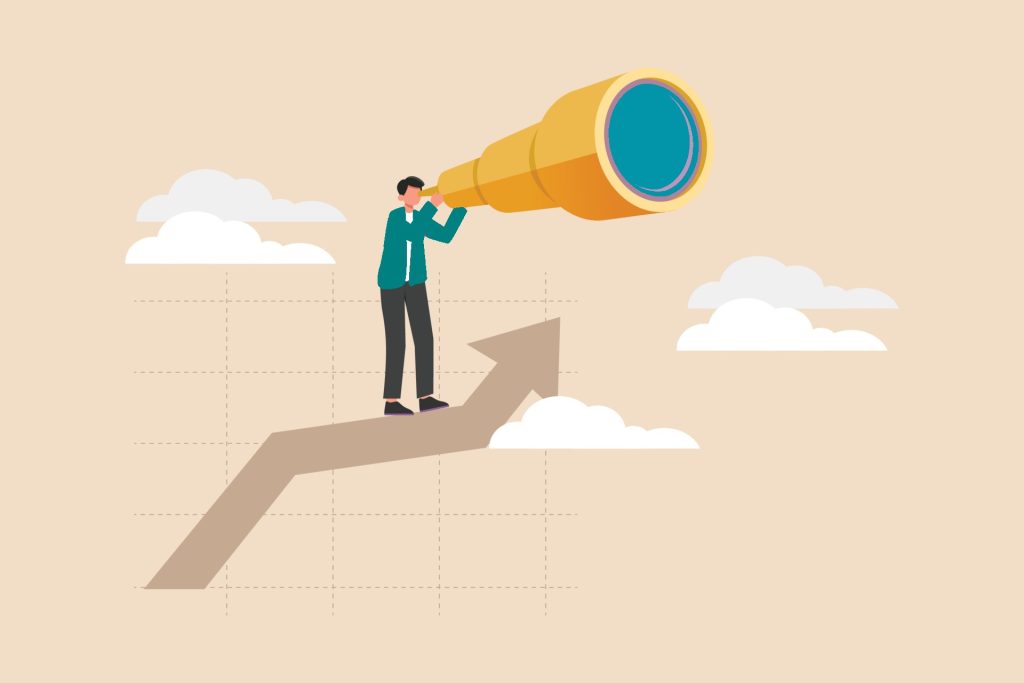What can restaurants learn from Central Banks?
Restaurants and Central Banks seem unlikely dining companions – trendy and hip vs staid and serious. But one area where restaurants can potentially learn a lot from central bankers is forecasting.
The remit of most Central Banks is to protect the buying power of the local currency. In other words, they need to make sure that your hard-earned money can buy the same amount of things each month. Many do this through inflation targeting where they adjust interest rates to make sure that inflation remains within a well-defined band. Raising rates when an economy is too hot and inflation is rising and dropping rates when inflation is low and the economy needs stimulating.
Why do Central Banks need forecasting?
Changes in interest rates take time to ‘pass-through’ to prices in the economy. Central Banks therefore need to be forward-looking and be able to forecast what inflation will be like in six months to a year. They also need to know how the pass-through of interest rates, and other factors like exchange rates, impact on inflation.
To do this, they rely on a suite of models that take what is happening in the economy as inputs and produce forecasts of what is likely to happen to inflation under a number of different scenarios. In the past, these models have predominantly relied on macro-economic variables as inputs, things like exchange rates, commodity prices, and GDP, but increasingly these models use ‘big data’.

Recently, Daan Steenkamp, Byron Botha, Kevin Kotze, and Rulof Burger and Neil Rankin worked on how data at a more disaggregated product level can help improve South Africa’s inflation forecasts. This research finds that under certain circumstances, like when unusual things happen, combining big data and machine learning approaches can improve forecasts.
Predicting inflation for the South African Reserve Bank

But what has this got to do with restaurants?
Like Central Banks, restaurants also have a lot to gain through improved forecasts. At Predictive Insights we’ve seen that combining techniques like those used by Central Banks, with ‘big data’, and behavioural science, can dramatically improve aspects like demand forecasting. These more accurate forecasts can be used to better time when food is prepared, improve speed-of-service and reduce waste, and to better schedule staff, making sure that the right number of people are working at the right time. This results in better customer service, better engagement with employees, and ultimately higher profits. These improvements across many outlets, and sustained over time can really add up.
Inaccurate forecasts by Central Banks which lead to the wrong decisions can create substantial ‘costs’, like higher interest rates and debt repayments, to an economy. Similarly, more inaccurate forecasts for restaurants have substantial ‘costs’, like wastage and poor customer service levels, for the business as a whole. Restaurants can benefit a lot by adapting these forecasting approaches used by Central Banks.
Interested in demand forecasting?
Find out how we can help your business improve demand planning through the use of machine learning, behavioural insights and real-time data in economy.
Get Started Read our Case Study